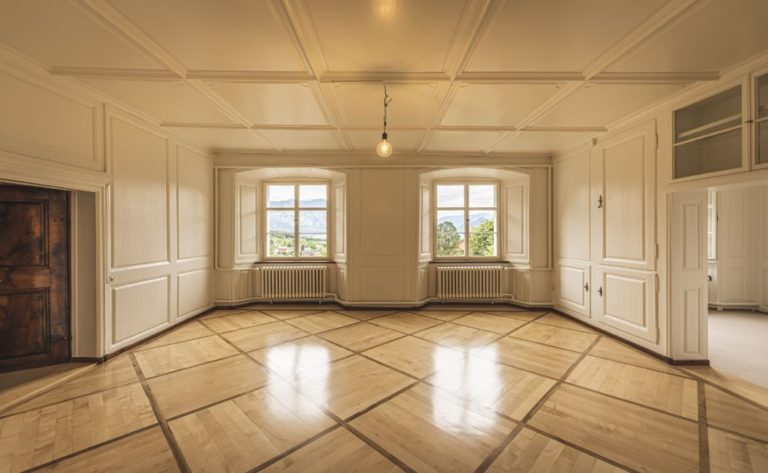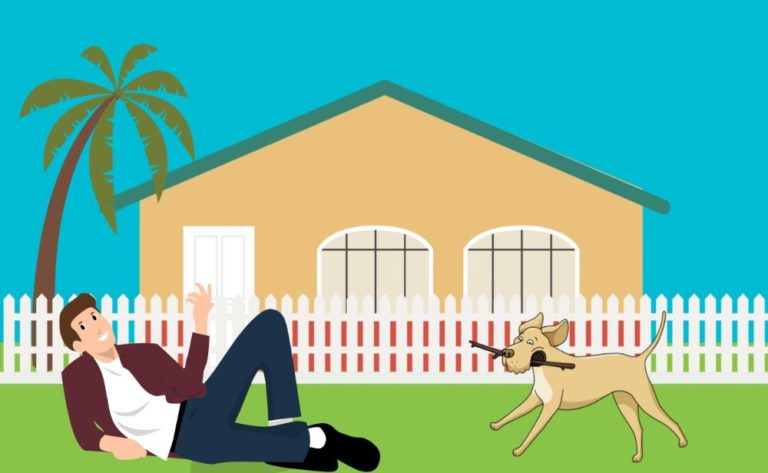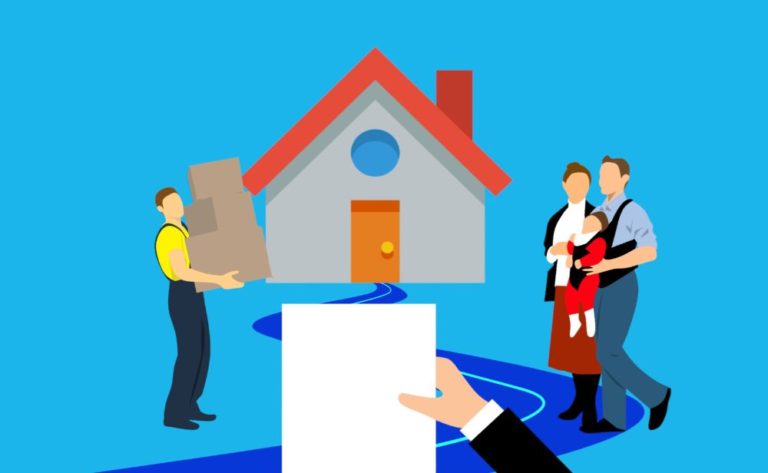Housing market predictions for 2023
The start of a new year is the ideal time to make predictions regarding real estate trends for the year 2023. Many homeowners, prospective sellers, and prospective buyers are experiencing apprehension because mortgage rates have been climbing higher, home sales have slowed down, and in some regions, home prices have decreased. In addition, increased uncertainty has been felt throughout the market.
And there’s a good reason for that. Take into consideration that the typical interest rate for a 30-year fixed mortgage at the time of this writing is 6.63 percent. The current rate of inflation stands at a concerning 7.1 percent. And according to the National Association of Realtors, sales of previously owned homes dropped by 7.7% in November to a seasonally adjusted annual rate of 4.09 million units. This indicates that existing homes are selling at the slowest pace that has been seen in the market in the past ten years.
We reached out to a number of professionals in the industry, and each of them provided us with interesting forecasts and projections regarding the future of mortgage rates, home prices, buyer competition, housing supply, sales activity, and the affordability of homes in the year 2023. Are you curious about the opinions of the experts? Continue reading to learn their assessments and forecasts.
Will there be further increases in the rates charged for mortgages?
In 2022, interest rates increased by close to a factor of two, and this trend was mirrored in mortgage rates. But what about throughout the year 2023? Will there be a decrease in the amount of money needed to finance a home this year?
Some say no. “Continued inflation, overall higher interest rates, a potential recession, and geopolitical tensions will force 30-year and 15-year mortgage rates up throughout 2023 and will bring the two rates closer together as short-term risks rise,” warns Dennis Shirshikov, a strategist at Awning.com and a professor of economics and finance at City University of New York. He forecasts that the 30-year and 15-year benchmark mortgage loans will average 8.75 percent and 8.25 percent, respectively,
Robert Johnson, who teaches finance at Creighton University’s Heider College of Business, is of the opinion that some of those sentiments are accurate. The participants in the financial market anticipate that the Federal Reserve will have increased the target rate for the federal funds rate by 175 to 200 basis points from where it is currently at by the end of 2023. According to him, this would result in interest rates on mortgages with terms of 15 and 30 years of approximately 7.70 and 8.50 percent respectively.
The outlook is brighter according to Rick Sharga, executive vice president of Market Intelligence at ATTOM Data Solutions, which examines data pertaining to real estate and property. In the beginning of 2023, he hypothesises that interest rates will reach their highest point of approximately 8% and 7.25 % for 30-year and 15-year loans, respectively. He goes on to say that these rates will “gradually come down over the course of the year somewhat to hang in the range of 6% and 5.25 %, respectively.” This is wholly dependent on the Federal Reserve’s capability of bringing inflation under control and easing up on the aggressive rate increases that it has been implementing.
There are three distinct paths that interest rates can take.
In the meantime, Nadia Evangelou, senior economist and director of Real Estate Research for the National Association of Realtors, predicts that three distinct rate scenarios will play out in the year 2023.
“In case number one, the rate of inflation continues to be quite high, which compels the Federal Reserve to keep increasing interest rates. This indicates that mortgage rates will continue to increase and could eventually approach 8.5 percent. In the second scenario, the consumer price index reacts more to rate hikes by the Fed, and there is a gradual deceleration of inflation. As a result, mortgage rates stabilise in the range of 7% to 7.50% for 2023. In the third possible outcome, the Federal Reserve raises interest rates on multiple occasions in an effort to bring down inflation, which leads to a contraction in economic activity. She explains that this may result in a reduction in rates to approximately 5%.
Will there be a drop in sales of homes?
Each of Evangelou’s three projections for mortgage rates would have a significant bearing on the market for residential real estate. In every scenario, there will be a decrease in sales; the only question is by how much.
She continues by stating, “Higher rates under scenario #1 could result in a decrease in home sales of more than 10 percent the following year.” The second scenario involves a decrease in home sales of between 7 and 8 percent. In the third possible scenario, the amount of time spent doing activities at home could decrease even further by more than 15 percent.
All of our other specialists agree that: The decline in the number of homes sold that began in the second half of 2022 will carry over into the year 2023. Sharga is of the opinion that the number of sales will continue to decline, most likely remaining in the range of 4.5 million, with sales of new homes coming in at approximately 600,000.
It’s possible that the speed at which listings are processed will also slow down. “Days on the market have been climbing back toward more normal levels recently, and as the market continues to cool down, we could see them approach 30 days or more in 2023,” he says. “Recently, days on the market have been climbing back toward more normal levels.”
The feelings expressed there are ones that Shirshikov shares. According to what he observes, “the average number of days on the market will increase to somewhere between two and three times the levels that are currently in place.”
What can we expect to happen with the cost of homes?
Evangelou believes that, surprisingly, “home prices won’t drop in 2023” because there is a low inventory of homes. I anticipate that the prices will be relatively unchanged, rising by no more than one percentage point.
On the other hand, Johnson is of the opinion that an increase in interest rates will most certainly be detrimental to the pricing and values of homes. According to Johnson, the outcome will be a weak real estate market with prices that are lower than the levels that currently exist.
That is not fantastic news for sellers, but it is news that buyers of homes will be happy to hear.
There are still a large number of prospective customers who are sitting tight in order to enter the market. According to Scott Krinsky, a partner in the Residential Banking Department of Romer Debbas, a Manhattan real estate law firm, “you’ll start to see some of these buyers emerge, especially the all-cash or lower loan-to-value purchasers who are less impacted by any interest rate concerns.” This was explained by Krinsky. “Assuming home prices ease, you’ll start to see some of these buyers emerge.”
According to Sharga, it is virtually certain that the value of homes on a national level will drop by at least a moderate amount, potentially ranging from 5 percent to 10 percent.
There is a possibility that some of the more expensive markets will experience larger price drops. According to Sharga, “the limited inventory, healthy credit quality among current mortgage holders, and demand from young adults looking to become homeowners should all help prevent prices from falling even further.”
Will 2023 be a buyer’s market or a seller’s market?
A seller’s market has existed here for the past two years. Will 2023 favour buyers or sellers more in most markets? According to Greg McBride, the chief financial analyst for Bankrate, “affordability issues and economic worries will depress home buyer demand, and inventory of homes available for sale will remain limited.” This prediction comes despite the fact that there are currently a large number of homes on the market. Therefore, rather than leaning in one direction or another, the market will most likely continue to be more balanced.
Krinsky anticipates that the use of leverage will differ regionally and nationally depending on the type of market.
According to Krinsky, “with the pandemic, we saw a new spike of bidding wars in suburban and smaller markets.” This was most likely due to the desire for more space and the increased flexibility of remote working across the country. “Now that many offices and businesses are back near full capacity and fully operational, the hope is that larger markets can revert back toward the levels they were at prior to the pandemic, and we will see increased demand there.”
On the other hand, Johnson believes that sellers will have fewer cards in their hands. According to him, “Next year will be a buyer’s market due to the fact that many hesitant sellers will likely capitulate, adding to more housing supply.” These sellers are waiting for the market to turn around before selling their homes.
Will there be an increase in the available housing?
In the past few years, there has been a shortage of homes, which has contributed to the frenetic market. However, the projections of housing inventory for 2023 are not unanimous among experts.
According to Sharga, “before the housing crash of 2008, inventory peaked at about a 13-month supply,” which is twice as much as what we would see in a market that is healthy. “As of right now, we have a supply that will last us about three months, which is about half of what we require. Existing home inventory should remain low because current homeowners are unlikely to trade in their home with a mortgage rate of three percent for a new home with a loan rate of seven percent unless they are forced to do so absolutely. In addition, homebuilders have slowed down their pace of new home construction over the past three months. That indicates that it is highly unlikely that we will see a significant increase in supply from new construction anytime in the near future.
However, there are those who anticipate an increase in supply the following year. According to Shirshikov’s projections, the availability of housing will increase all throughout the year 2023, despite the fact that high interest rates will make it increasingly difficult to afford a home.
Will homes be more affordable?
Will the price of homes continue to put a significant number of potential buyers in a position where they cannot afford to purchase a home next year, or will the market improve for buyers?
“If inflation pressures ease and we see a meaningful pullback in mortgage rates next year, this will ease some of the strain on buyers – but only a little bit,” explains McBride. “If inflation pressures ease and we see a meaningful pullback in mortgage rates, this will ease some of the strain on buyers.” “Prices will remain relatively stable, and in many markets that will be at a price that is at least 40 percent higher than what they were before the pandemic,”
Shirshikov is of the opinion that home prices will not decrease proportionally. Any “fall in prices will not be sufficient to offset the rising interest rate and its contribution to the monthly [mortgage payment],” according to the article. According to him, this may even make houses appear to be more out of reach financially.
Johnson concurs that the effects of higher mortgage rates and lower home prices in 2023 will likely cancel each other out to a large extent and make little net difference overall. According to him, “There won’t be a significant shift in the overall affordability of housing.”
The nutshell on the state of the housing market in 2023
When considering the potential state of the real estate market in the following year, the majority of industry experts are of the opinion that it will be something of a transitional year that will be marked by uncertainty.
McBride forecasts that in the year 2023 the housing market will be “tepid,” characterised by only lukewarm demand and a limited amount of inventory available for sale. Nevertheless, “mortgage rates could pull back meaningfully next year if inflation pressures ease” (if inflation pressures ease).
Krinsky concurs that there is “the hope that as supply and demand within the housing market normalises, interest rates can start to come back down to earth.” “Those individuals who simply are unable to afford the costs of borrowed money will be required to continue to wait until this occurs. Those who are currently sitting on the sidelines in the anticipation that interest rates will fall in the near future may have to come to terms with the fact that the lower-rate financing windows that were open in 2020 and 2021 have now closed.
However, if mortgage rates do not change significantly, “that means borrowers will pursue fewer purchase loans,” and “we will see a continuing decline in rate-based refinance activity,” Sharga says again. During the course of the year, “we also might see an uptick in home equity loans and home equity lines of credit due to the fact that more homeowners are remaining in their current homes.” To put it another way, if relocating is not an option, renovating the current space very well may be.






